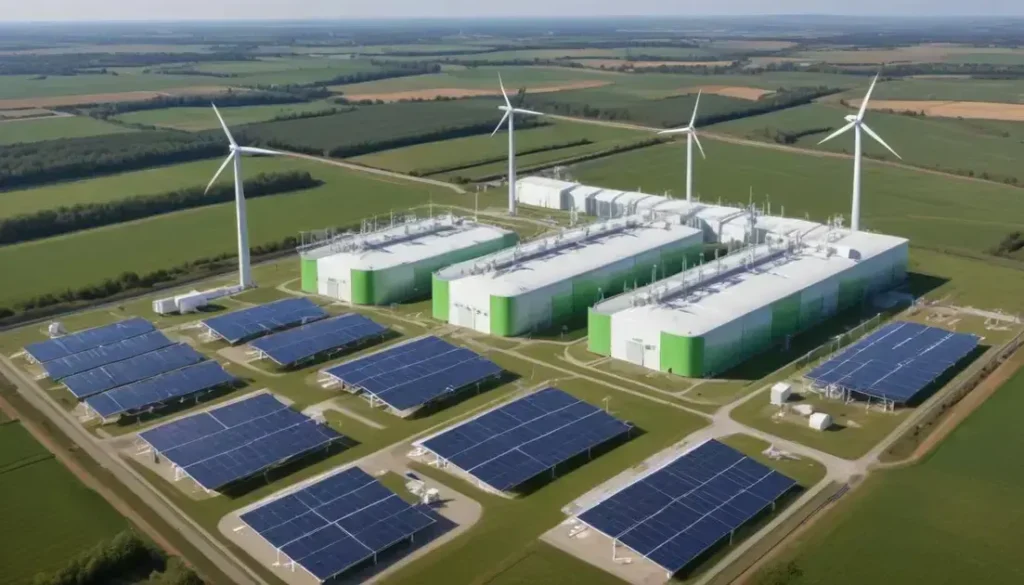The UK is enhancing its climate action initiatives, presenting both opportunities and challenges for Indian businesses seeking to engage in sustainable investments and comply with new regulations.
In the realm of **climate action**, local authorities in the UK are stepping up their game. Are Indian businesses ready to adapt?
The surge in UK local authorities’ climate commitments
Local authorities in the UK are making significant climate commitments that can drive meaningful change in sustainability practices. These initiatives are essential as they aim to reduce carbon emissions and promote renewable energy sources within their communities. By implementing stringent climate policies, these authorities are setting a precedent for environmentally responsible governance.
Investment in Green Infrastructure: To support these climate commitments, local governments are increasing investments in green infrastructure. This includes projects like renewable energy installations, energy-efficient buildings, and enhanced public transportation systems. These initiatives not only contribute to the local economy but also align with global climate action goals.
Moreover, the collaboration between local authorities and businesses plays a pivotal role in transitioning toward a low-carbon economy. Through partnerships and incentives, businesses are encouraged to adopt sustainable practices, thereby amplifying the impact of local climate action efforts. This synergy is critical for achieving long-term sustainability and resilience against climate change.
Investment challenges in climate infrastructure projects
Investment in climate infrastructure projects presents significant challenges that require careful navigation by local authorities and businesses. One of the primary hurdles is the availability of funding. Many local governments face budget constraints, limiting their ability to invest in large-scale projects that are essential for climate resilience.
Moreover, risk management is critical when committing to long-term investments. Uncertain returns can deter private investors, making it challenging to secure the necessary capital. To attract funding, it is vital for local authorities to demonstrate the potential economic benefits and sustainability outcomes of such projects.
In addition, regulatory barriers can complicate the investment landscape. Streamlining the approval processes and ensuring policy stability can encourage investor confidence. Local governments must work collaboratively with businesses to create an environment that fosters innovation and investment.
Finally, strengthening public-private partnerships can facilitate resource sharing and expertise exchange, thereby mitigating some of the inherent risks. By adopting a strategic approach, local authorities can effectively navigate these investment challenges and enhance climate infrastructure.
In Conclusion
Investing in climate infrastructure is vital for a sustainable future, but it comes with challenges. Local authorities must navigate funding issues, risk management, and regulatory hurdles to succeed.
By promoting public-private partnerships and demonstrating the economic benefits of green projects, they can attract essential investment. This collaboration will not only help overcome obstacles but also pave the way for innovative solutions.
Together, businesses and local governments can create a greener and more resilient community. Facing these challenges head-on will lead to a healthier planet and a thriving economy.
Frequently Asked Questions
What are the key challenges in investing in climate infrastructure?
Key challenges include funding constraints, risk management, and navigating regulatory barriers that can hinder project implementation.
How can local authorities attract investment for climate projects?
Local authorities can attract investment by showcasing the economic benefits, establishing public-private partnerships, and ensuring policy stability.
Why is risk management important in climate infrastructure investments?
Risk management helps to assess uncertainties and ensures that investment decisions are sound, boosting investor confidence in long-term projects.
What role do public-private partnerships play?
Public-private partnerships facilitate resource sharing and expertise exchange, which can help overcome investment challenges and enhance project success.
How does climate infrastructure benefit local communities?
Climate infrastructure promotes sustainability, reduces carbon emissions, and can stimulate economic growth by creating jobs and improving living conditions.
What steps can local governments take to ensure successful climate initiatives?
Local governments should develop clear strategies, engage stakeholders, and continuously monitor and adapt projects to meet community needs effectively.


